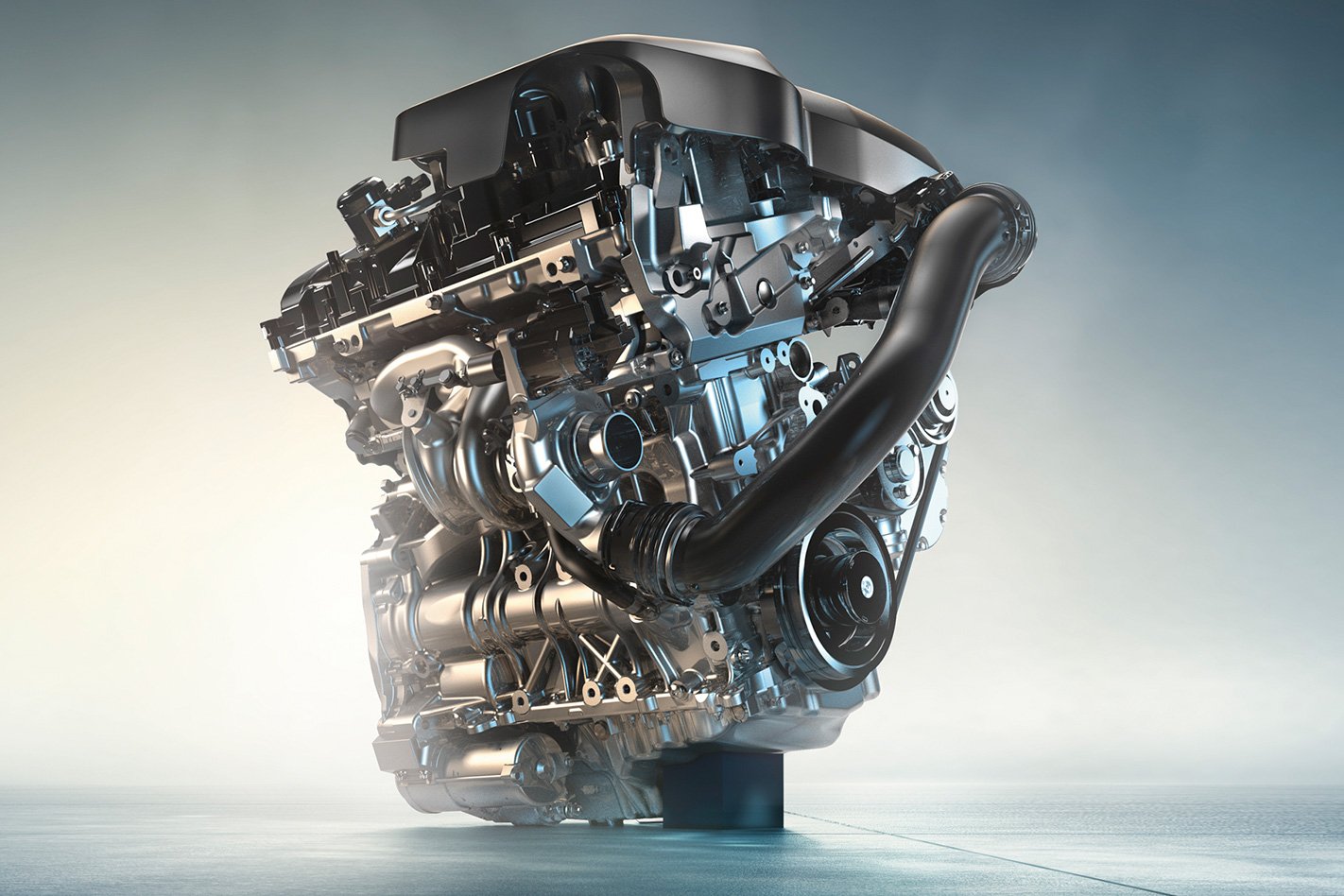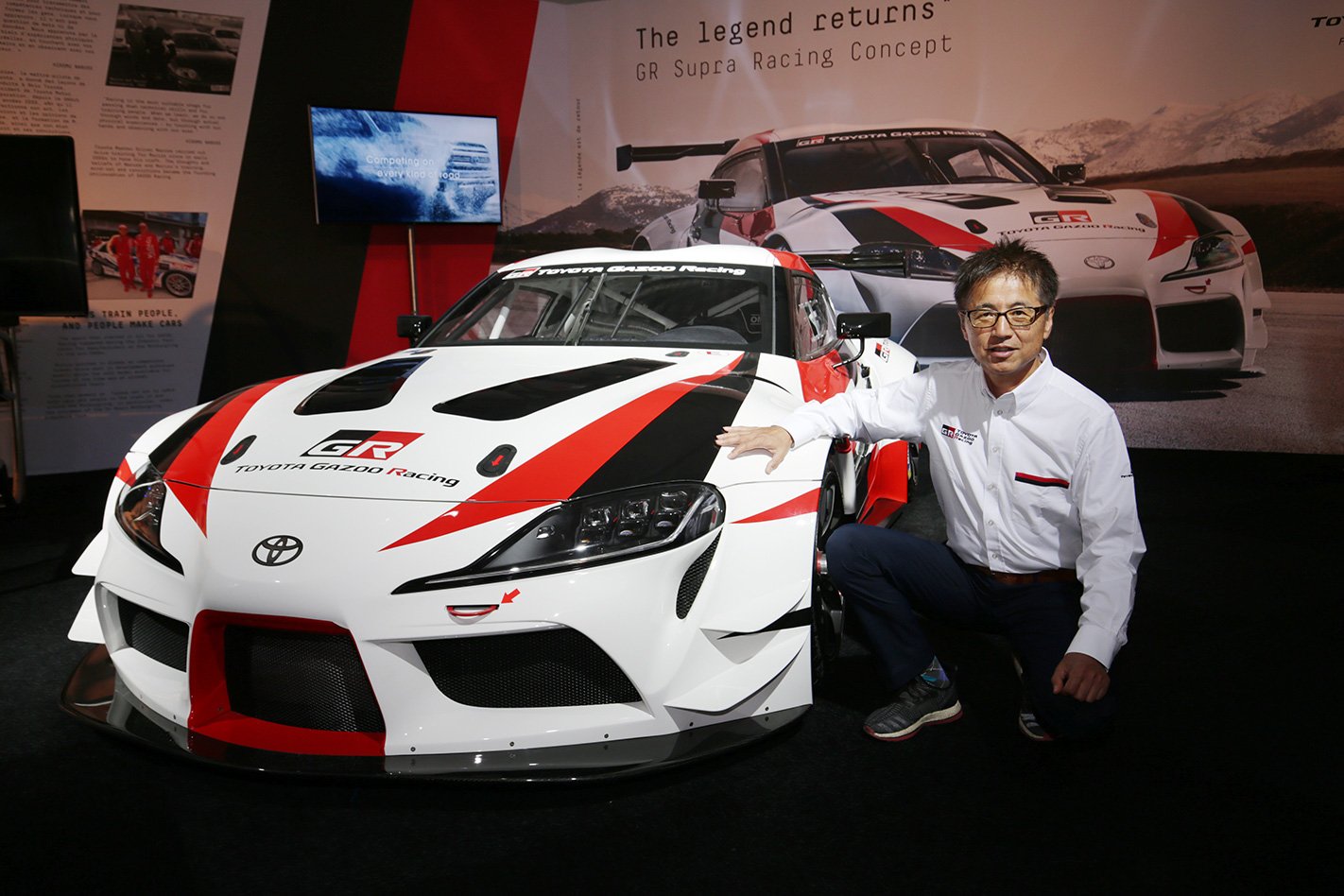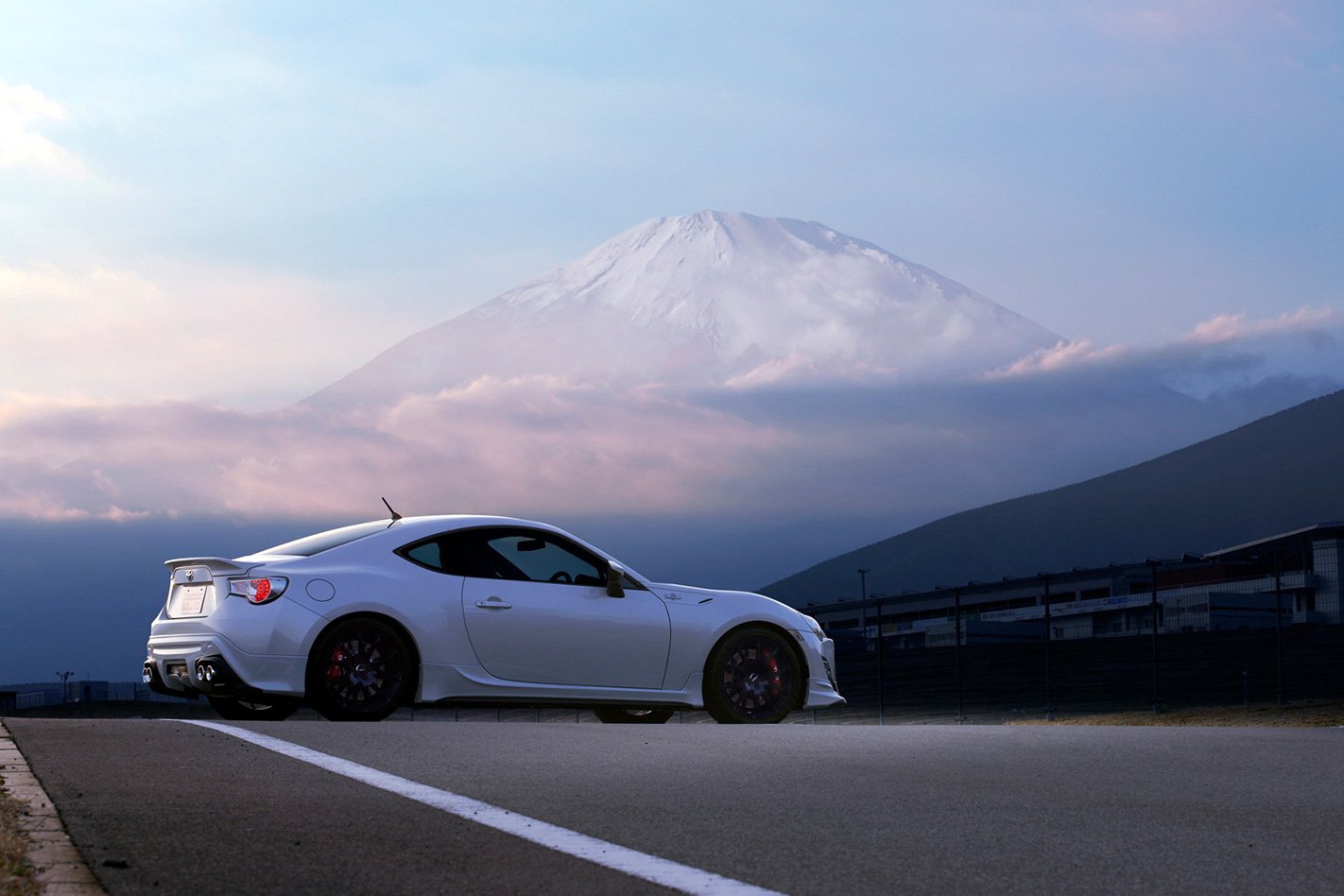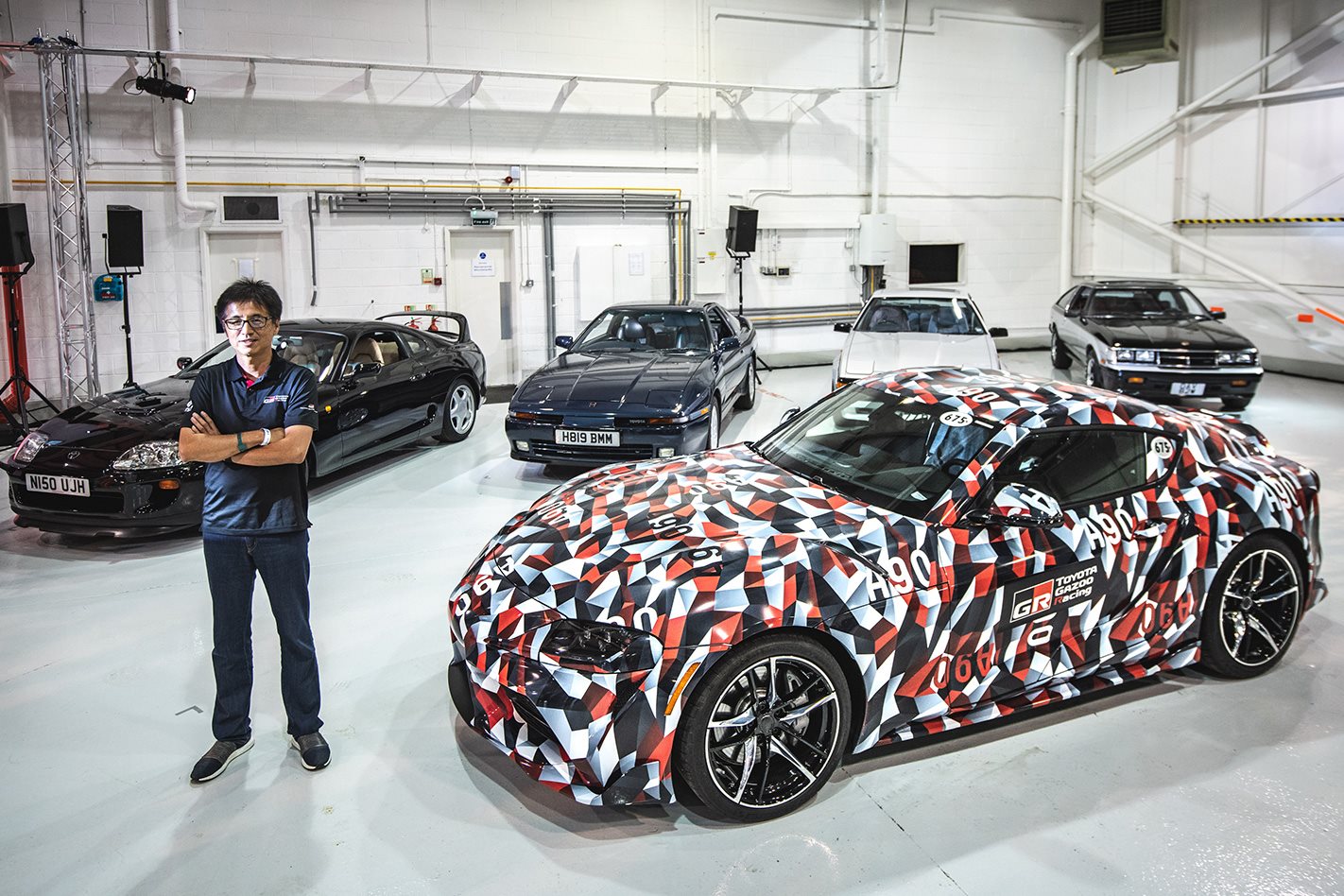FOOTAGE of Toyota’s much-anticipated Supra at the recent Goodwood Festival of Speed may still offer only tantalising hints at the car’s true shape, given that retina-shredding disruptive camouflage, but it does at least tell us one key thing – the new version will certainly sound like a sports car should.
Powered by a 3.0-litre turbocharged inline six borrowed from joint venture partner BMW (which will build the next Z4 off the same platform), the Supra is rapidly nearing its global unveiling in full-fledged road-going trim. Toyota fans who’ve long bemoaned the Toyota 86’s lack of power will no doubt be salivating, as the new Supra is expected to boast a hefty 250kW and 500Nm in a package that virtually the same size as the 86.

And that unmistakable straight-six howl will be music to the ears of previous-gen Supra fans. Toyota has clearly spent many hours honing the new Supra’s sonics, and the result is a guttural, high-decibel tribute to the much-loved 2JZ-GTE that powered the last car to wear the Supra badge – the JZA80 that was in production from 1993 to 2002. Curiously, it arguably sounds better than any straight-six BMW currently on the market.
It bodes well for the enthusiasts who have been waiting over a decade and a half for the Supra’s return. We spoke to Tetsuya Tada, chief engineer of the new ‘A90’ Supra (read our profile story in next month’s edition of Wheels magazine), and the Toyota veteran told us the new Supra will engage drivers in similar way to the 86, though the thrill will be somewhat different with speed and grip being the Supra’s calling card rather than the 86’s laughably accessible oversteer.

“You’ll really need to drive it,” Tada told Wheels. “It’s hard to express in words, but I’d like everyone to hold the steering wheel as soon as possible. On a circuit, or on the autobahn at over 200km/h, you’ll be able to enjoy it.”
And it appears that those wanting a sports car experience without the sheer muscle – or cost – of the six-cylinder Supra will have an option. A document from transmission supplier ZF has been unearthed by US mag Road and Track, revealing that the German company won’t just be supplying an eight-speed automatic for the 250kW six-cylinder Supra, but it also has a contract to deliver the same transmission for a 195kW derivative powered by BMW’s B48 2.0-litre turbo inline four.
Both powertrains fall under the “Supra” model heading, but two codes are listed: GT86 and J29. Is it a clue that the four-cylinder Supra variant, long-rumoured but now apparently locked-in for production, might be sold under a different name as a successor to the rapidly aging 86?

The strategy makes sense, especially as Tada has stated that one of the non-negotiables for the Supra’s successor was the presence of an inline-six engine. A four-pot wouldn’t cut it for the Supra faithful.
“When we thought about what kind of car we’d like to create after the GT86 we were hearing a lot of voices and requests from fans that they wanted Supra to be revived,” Tada said at the Geneva Motor Show earlier this year, where he unwrapped the stunning GR Supra Racing Concept.
“Hearing these different requests, I understood that there were two elements that are essential that we needed to keep in the new Supra. Throughout Supra’s life there’s been one consistency – a straight-six engine. This is a very important element for the Supra.”
Putting a turbo four-pot into the new Supra’s chassis and adding some cosmetic differentiation would do three things: deliver greater economies of scale to the BMW factory that will assemble the new Supra and Z4, while also providing a suitable entry-level sports car to replace the 86 and keeping the Supra nameplate ‘pure’ as a six-cylinder offering.
ZF’s document suggests the ‘86’ moniker will be recycled, but could a four-pot Supra spinoff see the return of the Celica? Don’t forget, the Supra originally started life as a longer-nosed, six-cylinder derivative of the third-generation Supra.





